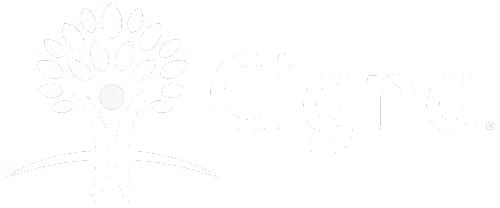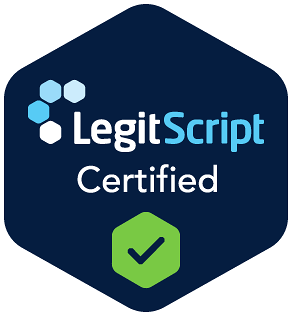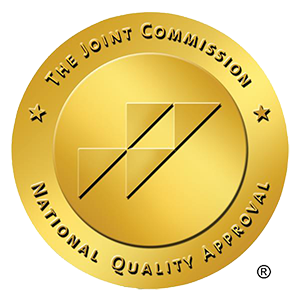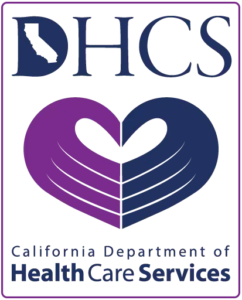Prescription drug addiction is a major public health crisis in the United States, particularly in California, where the opioid epidemic and misuse of medications like benzodiazepines have caused widespread harm. In 2021, over 16,706 deaths were linked to prescription opioids, and 14,139 deaths involved benzodiazepines (NIDA). Additionally, nearly 48 million Americans have misused prescription drugs, representing 20% of the population (CDC).

Encouragingly, 2023 saw a 3% decline in drug overdose deaths, dropping from 111,029 in 2022 to 107,543. Opioid-related deaths also fell from 84,181 to 81,083, marking the first decrease since 2018.
Despite this progress, overdose numbers remain high, emphasizing the urgent need for treatment. As a trusted detox center in Huntington Beach, CA, we offer expert care and evidence-based solutions to help individuals overcome addiction and build a healthier future.

What are the most Commonly Abused Prescription Drugs?
Doctors commonly prescribe opioids to treat acute pain following surgeries, injuries, or chronic pain conditions. Common types of opioids, such as oxycodone (OxyContin), hydrocodone (Vicodin), and fentanyl, work by binding to opioid receptors in the brain, blocking pain signals and producing a temporary sense of relief or euphoria.
Many patients describe the euphoric sensation as a “high,” which can become addictive. Over time, the body develops a tolerance, requiring higher doses to achieve the same effect. This pattern of use increases the risk of dependency and overdose. While opioids are effective in managing pain, improper use can lead to opioid addiction, respiratory depression, and fatal consequences.
Prescription sedatives, such as benzodiazepines (e.g., Xanax, Valium) and barbiturates, are often used to treat anxiety, panic disorders, and sleep disturbances. These medications work by slowing down brain activity, providing a calming effect, and, in higher doses, inducing sleep.
For individuals suffering from chronic stress or sleep disorders, CNS depressants can offer much-needed relief. They may help quiet obsessive thoughts or excessive worry, allowing the body to recharge. However, their calming effects can become habit-forming, leading individuals to misuse the drugs for the sense of tranquility they provide. Long-term use can result in dependence, cognitive impairment, and severe withdrawal symptoms if stopped abruptly.
Stimulants like amphetamine (Adderall) and methylphenidate (Ritalin) are typically prescribed for attention-deficit hyperactivity disorder (ADHD) and narcolepsy. These drugs increase blood flow to the brain and enhance the release of dopamine and norepinephrine, which improve focus and alertness.
For people with ADHD, stimulants help the brain filter distractions, enabling them to complete tasks and maintain attention. However, the increased energy and sharp focus these medications provide can tempt misuse, particularly among students and professionals seeking to boost performance. Chronic misuse can lead to insomnia, anxiety, cardiovascular problems, and addiction.
What are the Signs and Symptoms of Prescription Drug Abuse?

Behavioral Signs
- Doctor shopping (visiting multiple doctors for prescriptions)
- Taking higher doses than prescribed
- Secrecy or defensiveness about drug use

Physical Signs
- Drowsiness or lethargy (opioids)
- Slurred speech and impaired coordination (CNS depressants)
- Increased energy, agitation, or sleeplessness (stimulants)

Emotional Symptoms
- Mood swings
- Anxiety or paranoia
- Depression during withdrawal
Understanding these signs can guide loved ones in seeking help for someone struggling with addiction.
If you notice someone abusing prescription drugs, it’s important to take action with care and compassion. Start by observing their behavior for signs of misuse, such as taking higher doses than prescribed, mood swings, drowsiness, or secretive behavior. Approach them in a non-judgmental way, expressing concern rather than accusation. Encourage them to seek medical help or professional addiction treatment, as early intervention can prevent serious consequences. If they are resistant, consider involving a trusted friend, family member, or healthcare provider for support. In cases of severe addiction or overdose risk, contacting a medical professional or local substance abuse hotline may be necessary.
You can also provide resources for treatment, such as therapy, support groups, or medication-assisted treatment programs. If you feel their behavior is putting them or others in immediate danger, don’t hesitate to call emergency services. Addiction is a complex issue, and patience, support, and professional guidance are key to helping someone regain control of their health.
The Side Effects of Prescription Drug Addiction

Short-Term Effects of Prescription Drug Abuse
The immediate consequences of misusing prescription drugs can vary based on the substance but often include:
- Impaired Judgment and Decision-Making: Users may take unnecessary risks, increasing vulnerability to accidents or injuries.
- Increased Risk of Accidents: Physical coordination and reaction times are often impaired, especially with opioids and sedatives.
- Nausea, Dizziness, or Sedation: Common with CNS depressants and opioids, these effects can make daily activities difficult.
- Euphoria or Heightened Alertness: Stimulants often create a temporary sense of exhilaration or energy, leading to overexertion and strain on the body.

Long-Term Effects of Prescription Drug Abuse
Chronic abuse can result in severe and often irreversible health complications, including:
- Organ Damage: Long-term use can harm vital organs such as the liver, kidneys, and heart.
- Cognitive Impairments: Memory loss, difficulty concentrating, and overall cognitive decline are common in prolonged abuse.
- Mental Health Disorders: Depression, anxiety, and mood disorders often develop or worsen with sustained misuse.
- Physical Dependency: Over time, the body becomes reliant on the drug, requiring higher doses to achieve the same effects, leading to a dangerous cycle of addiction.

How Do Prescription Drugs Affect the Brain and Body?
Similarly, stimulants increase dopamine levels, heightening focus and energy but also creating a cycle of dependency. CNS depressants slow brain activity, offering temporary relief from anxiety but impairing normal cognitive function in the long term.
The physical body suffers as well, with many drugs impacting organs such as the liver, heart, and lungs. Overdose risks further amplify these dangers, often leading to fatal consequences.
Why Are Prescription Drugs Addictive?
Over time, the body adapts, and the same amount of the drug no longer provides the desired effect. This adaptation leads to taking higher doses to achieve relief, creating a dependency, unlike the interference with nerve communication described with how these drugs act, addiction stems from the brain’s response to the repeated surge of dopamine and the body’s increasing tolerance.
Factors like stress, trauma, or mental health conditions can amplify this process by making the reliance on the drug feel necessary to function. Addiction is not a sign of weakness—it’s a response to the changes these drugs create in the brain and body. Understanding this helps to highlight the importance of seeking treatment, which can help break the cycle and rebuild a healthier balance.
Prescription Drug Treatment in Huntington Beach, CA
After detox, individuals enter treatment programs tailored to their needs. Inpatient programs provide a structured environment for those with severe addiction, while outpatient programs allow flexibility for milder cases, enabling daily activities alongside therapy sessions.
Therapy is crucial for recovery, helping individuals address the root causes of addiction and develop healthier coping mechanisms. Cognitive behavioral therapy (CBT) identifies and changes harmful thought patterns, while individual counseling focuses on personal challenges. Group therapy fosters community, and family therapy repairs relationships and builds support networks.
For some, medication-assisted treatment (MAT) is effective, particularly for opioid addiction. Medications like methadone or naltrexone reduce cravings and block the drug’s effects, making it easier to stay on track. Holistic therapies such as yoga, meditation, and exercise reduce stress and promote well-being.
Recovery is ongoing, and aftercare programs are vital for preventing relapse. Continued therapy, support groups like Narcotics Anonymous (NA), and structured living environments help individuals maintain sobriety and navigate life after treatment. With the right combination of care and support, lasting recovery is achievable.
Help Is Available at Surf City Detox
Surf City Detox Accepts Insurance
We accept many insurance plans to help cover the cost of addiction treatment. Contact your provider to get more information or call our office to reach an intake specialist.

